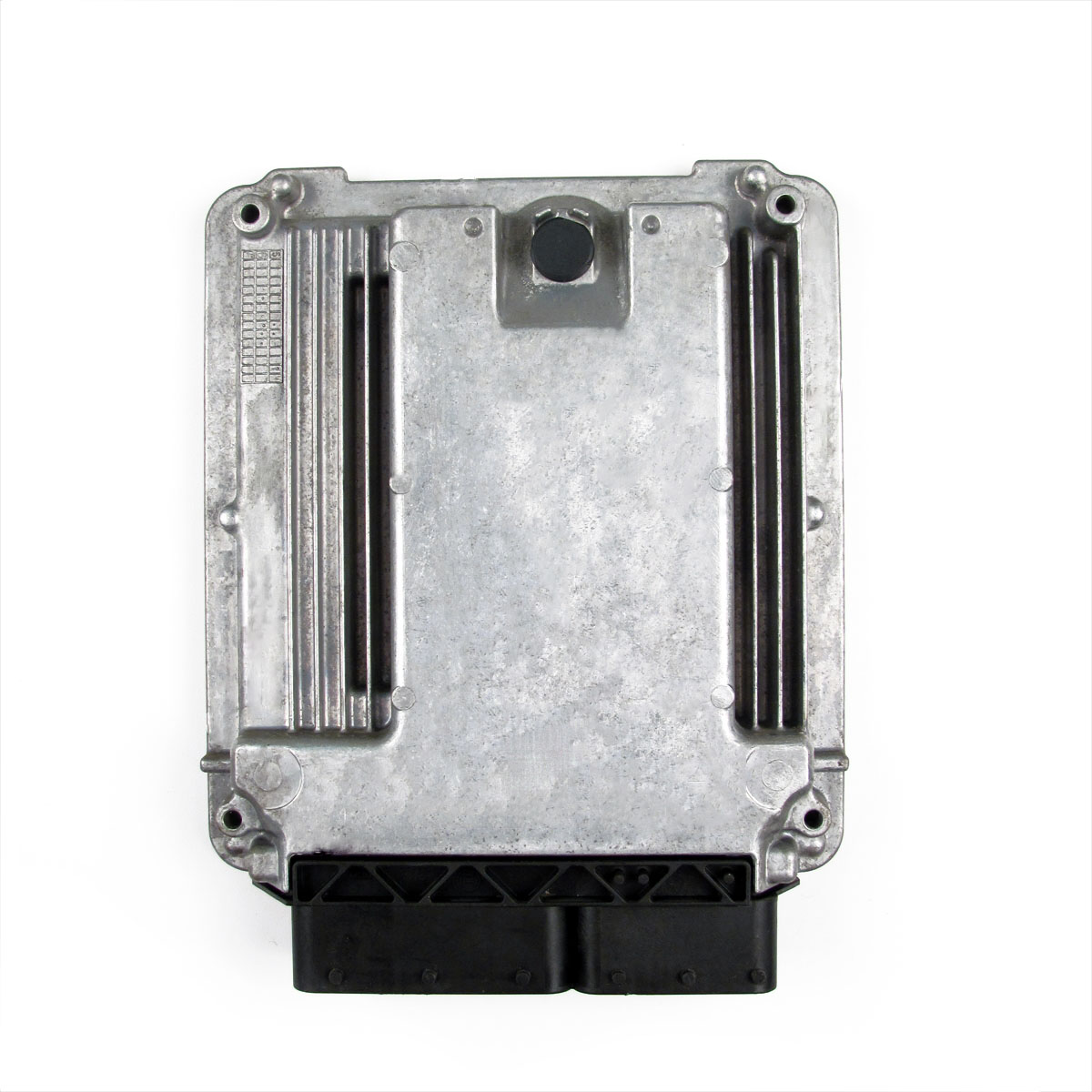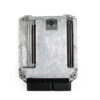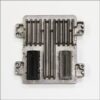Is your 2010 Saturn Outlook or other compatible GM vehicle suffering from perplexing engine issues? A faulty Engine Control Module (ECM) is often the hidden culprit behind poor performance, stalling, and persistent check engine lights. This replacement ECM, part number 19300014, is the definitive solution to restore your vehicle’s factory performance and reliability. As the central computer for your engine, the ECM governs critical functions like fuel mixture, ignition timing, and transmission shifting. When it fails, the entire system can become unstable. We take the guesswork out of the repair by programming this module specifically to your vehicle’s Vehicle Identification Number (VIN) before it ships, ensuring a seamless installation process.
Diagnosing a Failing 2010 Outlook ECM
A malfunctioning engine computer can manifest in numerous ways, often mimicking other sensor or component failures. If you’ve replaced sensors and checked wiring harnesses to no avail, it’s time to consider the ECM. This module is the core of your vehicle’s powertrain management, and its failure can lead to a frustrating and costly diagnostic journey. Our VIN-programmed 2010 Outlook ECM provides a direct path to resolving these complex electronic issues and getting your vehicle back on the road with confidence.
From the Diagnostic Bay
We had a 2011 GMC Acadia come into the shop with a classic complaint: intermittent stalling at stoplights and a check engine light that would come and go. The owner had already spent a small fortune replacing the throttle body and a couple of O2 sensors based on the codes. When we hooked up our professional scan tool, we noticed something odd – the live data stream would periodically freeze and then drop out completely. This wasn’t a sensor issue; it was a communication breakdown. The ECM itself was failing internally, causing it to lose connection with the rest of the vehicle’s network. Installing a VIN-programmed ECM like this one solved the problem instantly. The lesson? Communication errors are a huge red flag pointing directly at the module itself.
Common Symptoms of a Bad ECM
- ✔ Persistent Check Engine Light (CEL) that won’t clear or returns immediately.
- ✔ Engine stalling, stumbling, or hesitating during acceleration.
- ✔ Noticeable decrease in fuel economy.
- ✔ Rough or erratic idling.
- ✔ Complete no-start or hard-starting conditions.
- ✔ Transmission shifting problems or harsh gear changes.
- ✔ Communication errors with diagnostic scan tools.
- ✔ Unexplained warning lights on the dashboard.
A True Plug-and-Play Solution
The biggest hurdle in replacing a modern ECM is the complex programming required to sync it with your vehicle’s specific systems, including the anti-theft (immobilizer) system. We eliminate this step for you. Simply provide your VIN during checkout, and our technicians will flash the module with the latest official GM software for your exact vehicle configuration. This means no expensive trips to the dealership for programming. For most compatible vehicles, the module arrives ready for installation.
Important Note for Camaro & Lacrosse Owners: Due to the advanced immobilizer systems in the 2010-2011 Camaro and LaCrosse, we require your original ECM to be sent to us. This allows us to extract the specific security data and clone it to your new module, making it truly plug-and-play. We will provide clear instructions and contact you after your purchase to coordinate this simple process.
Guaranteed Fitment
This module is a direct replacement for part numbers 19300015, 19300014, 12617230, 12636355, and 12635019. It is confirmed to fit the following vehicles with the 3.6L engine:
- 2010-2011 Buick LaCrosse
- 2010-2011 Chevrolet Traverse
- 2010-2011 Cadillac CTS
- 2010-2011 Chevrolet Camaro
- 2010 Saturn Outlook
- 2010 Buick Allure
- 2010-2011 Buick Enclave
- 2010-2011 GMC Acadia
- 2010-2011 Cadillac STS
Frequently Asked Questions
2010 Outlook ECM
Is any additional setup required after installation?
For most vehicles, no. Once programmed to your VIN, this is a direct plug-and-play replacement. In some rare cases, a crank relearn procedure may be needed, which can be done with a capable scan tool or by following a specific driving cycle.


